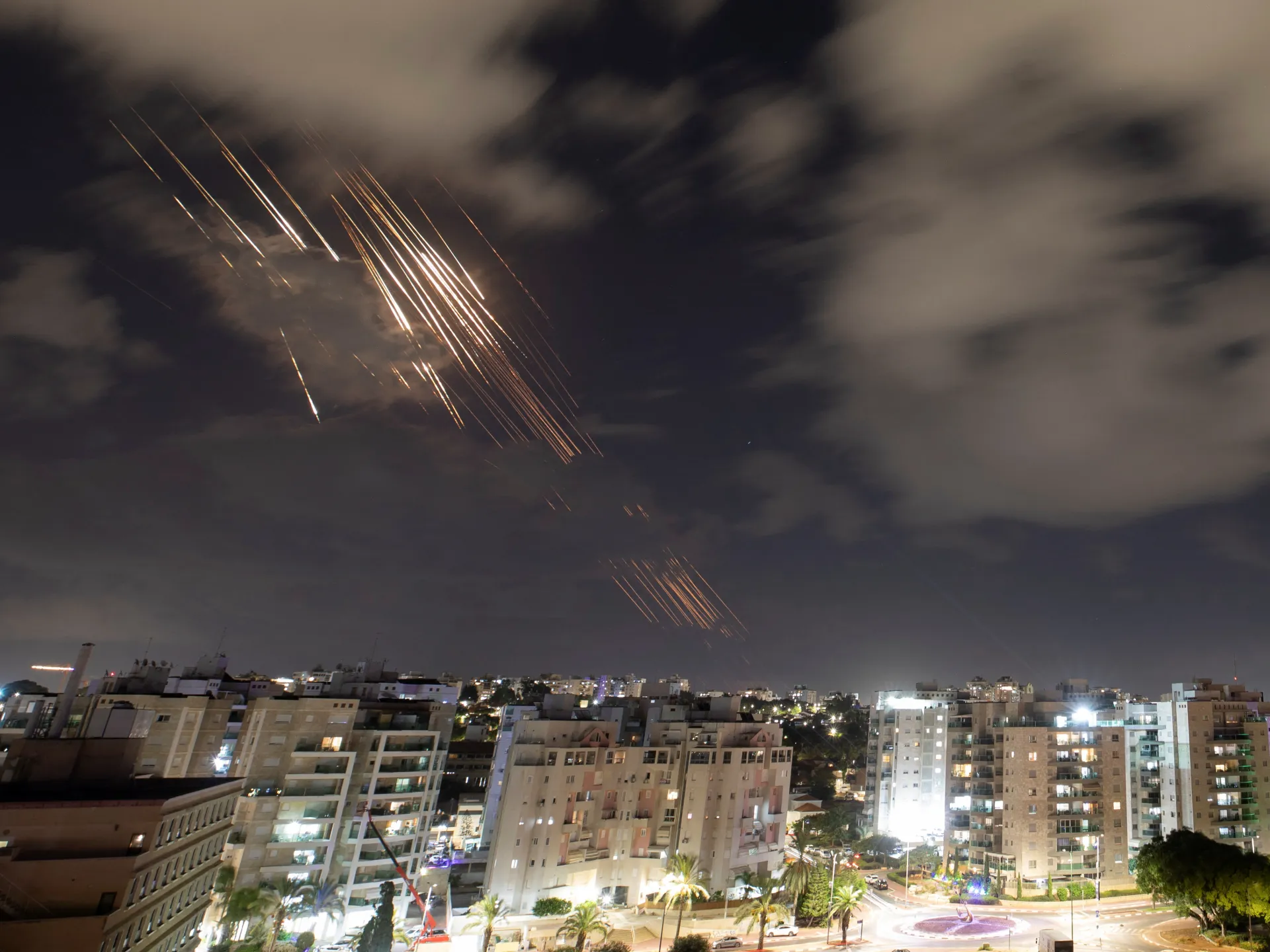In a fleetly evolving geopolitical geography, pressures between Iran and Israel have reached a boiling point, leading to military competitions that have raised admonitions worldwide. As news breaks of Iranian attacks on Israeli targets, numerous are left wondering have we entered a new global conflict? Is World War III brewing on the horizon? This composition delves into the recent developments, the literal environment, and the counter accusations for global stability.
The Recent Attacks
Reports of Iranian military operations targeting Israel have swamped the media, sparking enterprises about a wider indigenous conflict. The attacks are believed to involve drone strikes and bullet launches, aimed at service installations and critical structures. Israel’s Iron Dome defense system has reportedly interdicted numerous of these attacks, precluding significant damage and casualties. Still, the veritable circumstance of these strikes signifies a drastic escalation in conflict.
Literal environment
Israeli officers have condemned the attacks, labeling them as acts of aggression that won’t go unanswered. In response, Israel has launched retaliatory strikes against Iranian means in Syria and other locales in the region. This back- and- forth exchange has burned fears of a prolonged military conflict.
To understand the significance of these attacks, it’s pivotal to look at the literal relationship between Iran and Israel. Since the 1979 Iranian Revolution, Iran has viewed Israel as a primary adversary. The two countries have been engaged in a makeshift war, with Iran supporting groups like Hezbollah in Lebanon and colorful militant associations in Gaza. Israel, in turn, has conducted airstrikes against Iranian targets in Syria to help armament transfers to these groups.
The pressure escalated with Iran’s nuclear intentions. The transnational community, led by Israel and the United States, has expressed concerns about Iran developing nuclear munitions capabilities. Political sweatshops, including the 2015 Iran nuclear deal( JC POA), aimed to check Iran’s nuclear program but have faced significant challenges, particularly after the U.S. pullout in 2018.
Regional and Global responses
The recent attacks have inspired a range of responses from bordering countries and global powers. Arab nations, some of which have regularized relations with Israel in recent times, are watching nearly. Numerous are concerned that an escalation between Iran and Israel could destabilize the formerly fragile security geography in the Middle East.
The United States has reaffirmed its commitment to Israel, stating that it stands ready to support its supporters in the face of Iranian aggression. Still, there’s also a growing call for political results to help further escalation. The prospect of direct conflict between two nations with advanced military capabilities raises significant enterprises about the eventuality for a broader war.
China and Russia, both crucial players in the region, have expressed their opposition to unilateral military conduct that could complicate pressures. Their involvement complicates the situation further, as they may offer support to Iran or seek to intervene in the conflict.
The threat of World War III
As pressures mount, the question arises: could this conflict curl into a global war? While the notion of World War III is frequently overemphasized, the reality is that the interconnectedness of the moment’s world means that indigenous conflicts can have far-reaching consequences.
1. Military Alliances and Global Dynamics
The dynamics of military alliances play a pivotal part in this script. NATO, for example, would probably support Israel due to its literal ties and participating popular values. Again, Iran has strong connections with Russia and China, which could lead to multifaceted conflict involving multiple nations.
2. profitable Impact
A war in the Middle East would have immediate profitable ramifications, particularly concerning oil painting prices. Iran is a significant oil painting patron, and any dislocation to its force could lead to soaring prices encyclopedia ally, affecting husbandry far beyond the region. Countries dependent on oil painting significance may find themselves bogged in the conflict, either through profitable warrants or military involvement.
3. Public Sentiment and Civil uneasiness
Public opinion worldwide is getting increasingly sensitive to military conduct. With social media amplifying voices across borders, governments must navigate public sentiment precisely. Demurrers and civil uneasiness in colorful countries against military conduct can complicate the response to the conflict.
4. Nuclear pitfalls
One of the most intimidating aspects of an implicit conflict involving Iran is its nuclear program. Iran has openly stated that it seeks nuclear capabilities for protective purposes, while Israel considers a nuclear-fortified Iran an empirical trouble. Any escalation could prompt Israel to take preemptive measures, leading to disastrous consequences.
Conclusion A Call for Caution
While the situation between Iran and Israel is incontrovertibly tense, it’s essential to approach the narrative of World War III with caution. Military conflicts can escalate fleetly, but tactfulness remains a vital tool in de-escalating pressures. Global leaders must prioritize dialogue over battle, seeking results that address the underpinning issues contributing to the conflict.
The transnational community has a responsibility to intervene and promote peace, drawing on literal assignments learned from once conflicts. As we navigate these uncertain waters, it’s pivotal to remain watchful and visionary, working towards a future where tactfulness prevails over warfare.
Eventually, the stopgap is that this current extremity will serve as a memorial of the fragility of peace and the significance of cooperation in an increasingly connected world. As the dust settles from the recent attacks, the need for thoughtful, deliberate action becomes ever more critical. The stakes are high, and the path forward will bear a collaborative commitment to fostering understanding and stability in the face of adversity.

